
How to Use sh1106: Examples, Pinouts, and Specs
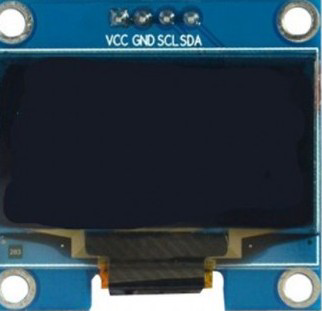
 Design with sh1106 in Cirkit Designer
Design with sh1106 in Cirkit DesignerIntroduction
The SH1106 is a monochrome OLED display driver designed to control OLED panels with a resolution of 128x64 pixels. It is widely used in embedded systems for displaying text, graphics, and simple animations. The SH1106 supports both I2C and SPI communication protocols, making it versatile and compatible with a variety of microcontrollers, including Arduino, Raspberry Pi, and other development boards.
Explore Projects Built with sh1106
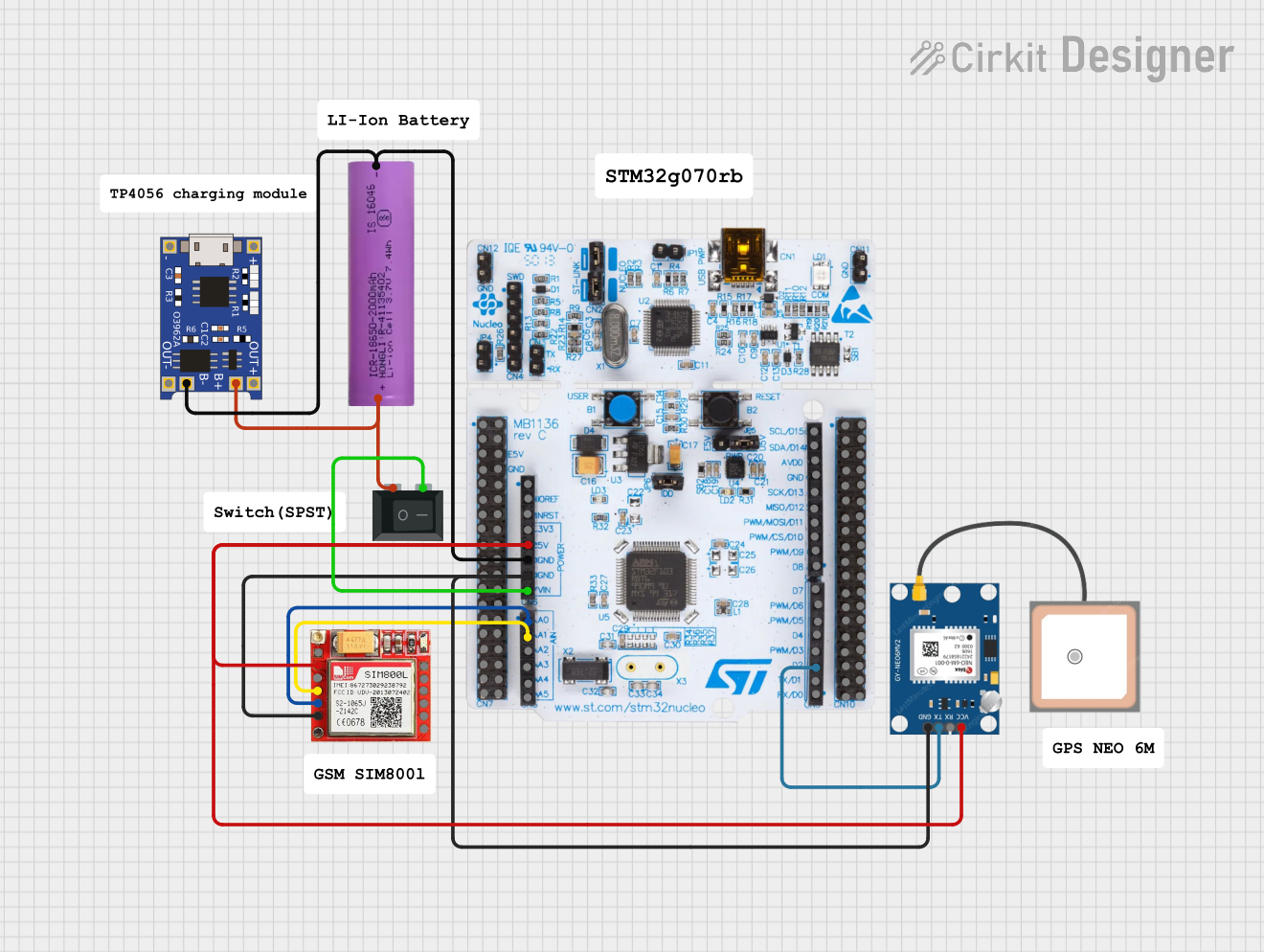
 Open Project in Cirkit Designer
Open Project in Cirkit Designer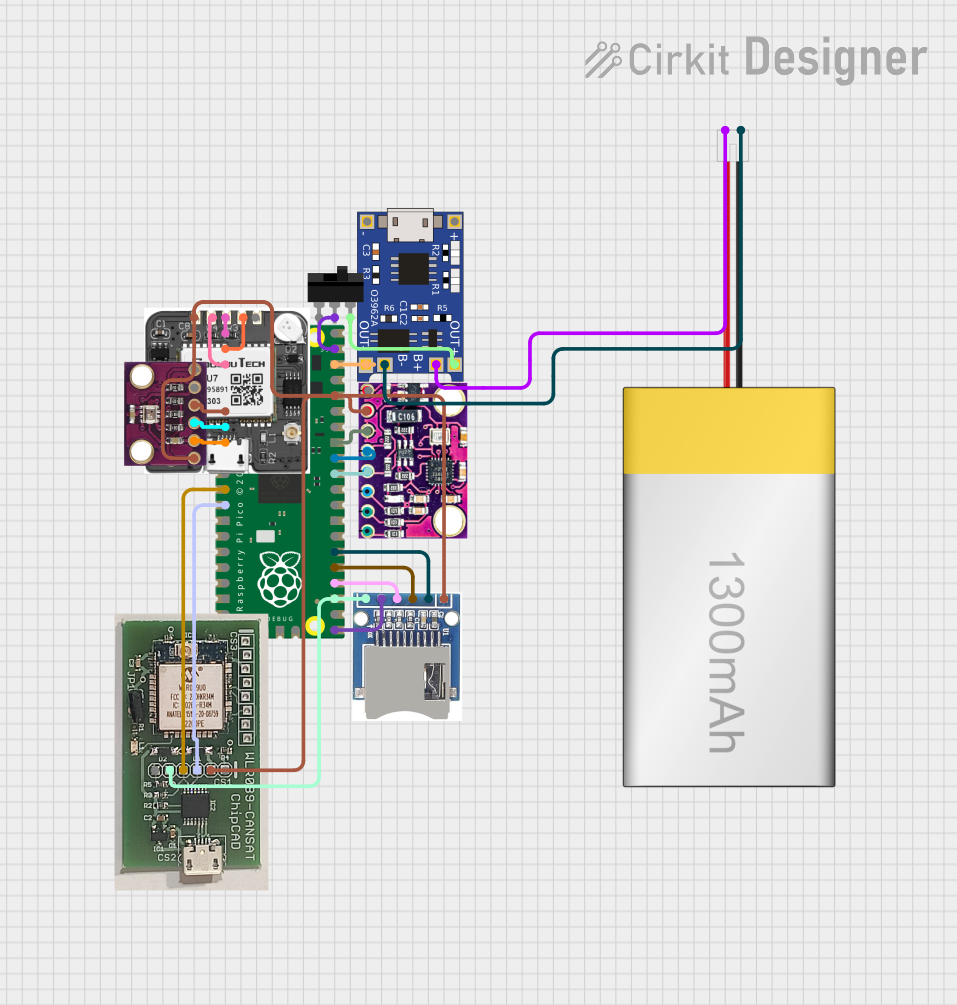
 Open Project in Cirkit Designer
Open Project in Cirkit Designer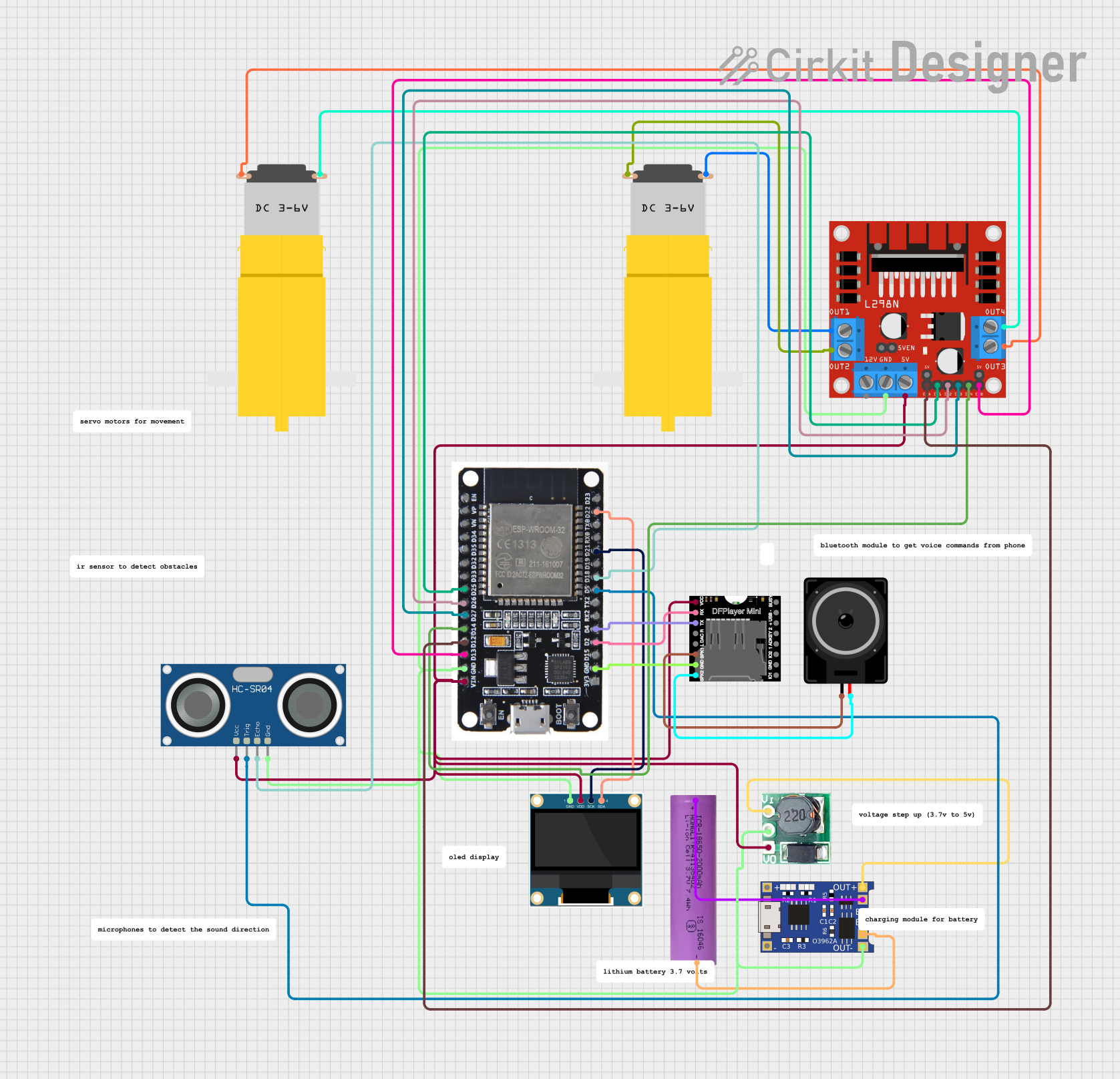
 Open Project in Cirkit Designer
Open Project in Cirkit Designer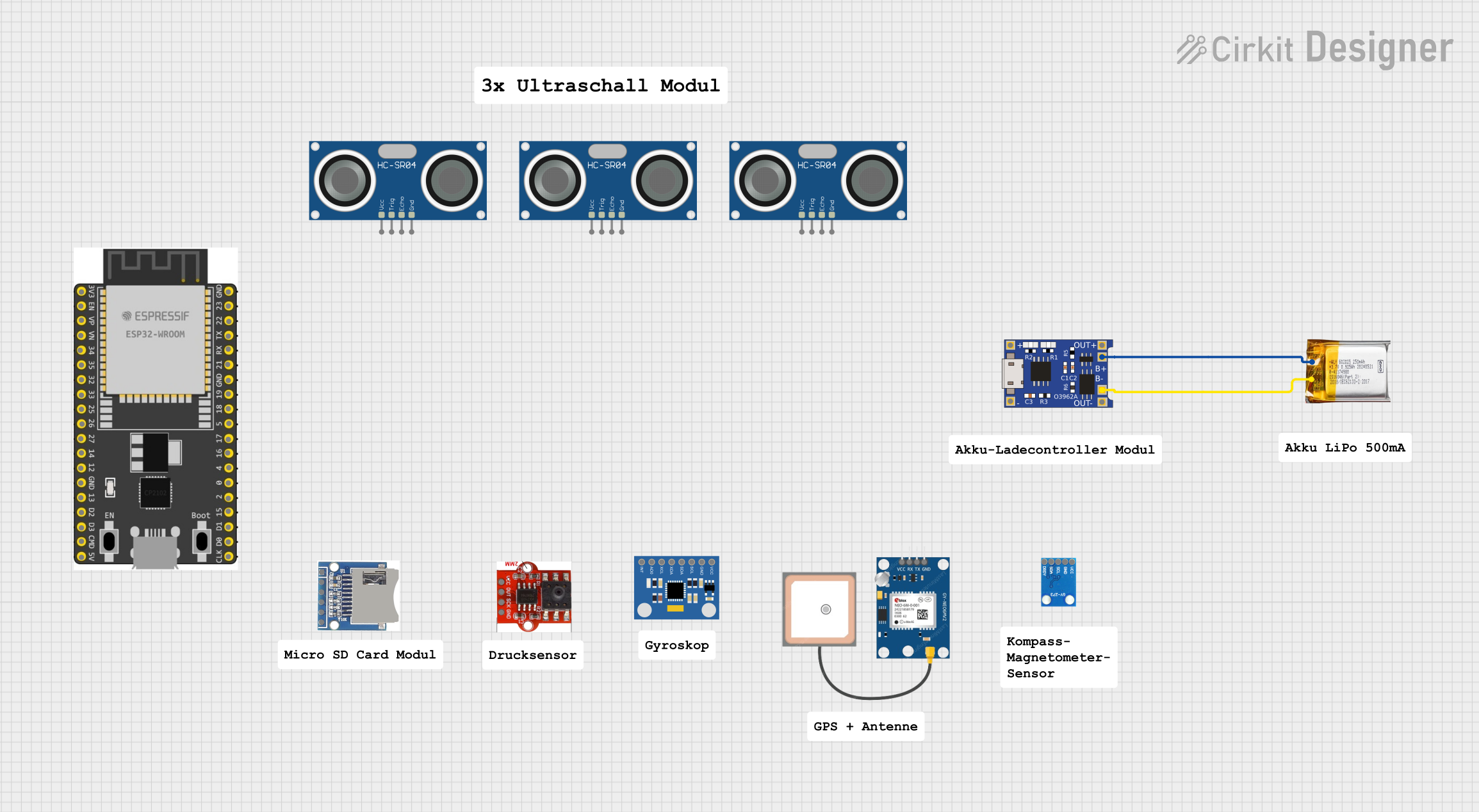
 Open Project in Cirkit Designer
Open Project in Cirkit DesignerExplore Projects Built with sh1106

 Open Project in Cirkit Designer
Open Project in Cirkit Designer
 Open Project in Cirkit Designer
Open Project in Cirkit Designer
 Open Project in Cirkit Designer
Open Project in Cirkit Designer
 Open Project in Cirkit Designer
Open Project in Cirkit DesignerCommon Applications and Use Cases
- Display modules for IoT devices
- User interfaces for embedded systems
- Wearable devices
- Industrial control panels
- Educational and hobbyist projects
Technical Specifications
The SH1106 is a highly efficient display driver with the following key specifications:
General Specifications
| Parameter | Value |
|---|---|
| Display Resolution | 128x64 pixels |
| Communication Protocol | I2C or SPI |
| Operating Voltage | 2.4V to 3.6V |
| Logic Voltage Levels | 3.3V (compatible with 5V logic via level shifter) |
| Operating Temperature | -40°C to +85°C |
| Power Consumption | Low power consumption |
Pin Configuration (I2C Mode)
| Pin Name | Pin Number | Description |
|---|---|---|
| GND | 1 | Ground |
| VCC | 2 | Power supply (2.4V to 3.6V) |
| SCL | 3 | Serial clock input for I2C |
| SDA | 4 | Serial data input/output for I2C |
| RES | 5 | Reset pin (active low) |
| DC | 6 | Data/Command control pin |
| CS | 7 | Chip select (used in SPI mode, tie to GND for I2C) |
Pin Configuration (SPI Mode)
| Pin Name | Pin Number | Description |
|---|---|---|
| GND | 1 | Ground |
| VCC | 2 | Power supply (2.4V to 3.6V) |
| SCK | 3 | Serial clock input for SPI |
| MOSI | 4 | Master Out Slave In (data input) |
| RES | 5 | Reset pin (active low) |
| DC | 6 | Data/Command control pin |
| CS | 7 | Chip select (active low) |
Usage Instructions
How to Use the SH1106 in a Circuit
- Power Supply: Connect the VCC pin to a 3.3V power source and the GND pin to ground.
- Communication Interface:
- For I2C: Connect the SCL and SDA pins to the corresponding I2C pins on your microcontroller.
- For SPI: Connect the SCK, MOSI, and CS pins to the corresponding SPI pins on your microcontroller.
- Reset Pin: Connect the RES pin to a GPIO pin on your microcontroller for resetting the display.
- Data/Command Pin: Use the DC pin to toggle between sending data and commands to the display.
Important Considerations and Best Practices
- Use pull-up resistors (typically 4.7kΩ to 10kΩ) on the SDA and SCL lines for I2C communication.
- Ensure the logic voltage levels of your microcontroller match the SH1106. If using a 5V microcontroller, use a level shifter.
- Avoid leaving the RES pin floating; connect it to a GPIO pin or tie it to VCC with a pull-up resistor.
- For optimal performance, ensure proper decoupling capacitors are placed near the VCC and GND pins.
Example Code for Arduino UNO (I2C Mode)
Below is an example of how to use the SH1106 with an Arduino UNO using the popular Adafruit_SH1106 library.
#include <Wire.h>
#include <Adafruit_GFX.h>
#include <Adafruit_SH1106.h>
// Define the reset pin for the SH1106 display
#define OLED_RESET 4
// Initialize the SH1106 display object
Adafruit_SH1106 display(OLED_RESET);
void setup() {
// Initialize the display
if (!display.begin(SSD1306_I2C_ADDRESS, OLED_RESET)) {
// Display initialization failed
Serial.println(F("SH1106 initialization failed!"));
for (;;); // Halt execution
}
// Clear the display buffer
display.clearDisplay();
// Set text size and color
display.setTextSize(1); // Small text size
display.setTextColor(WHITE);
// Display a message
display.setCursor(0, 0); // Set cursor to top-left corner
display.println(F("Hello, SH1106!"));
display.display(); // Update the display with the buffer content
}
void loop() {
// Add your main code here
}
Notes on the Code
- The
Adafruit_SH1106library must be installed in your Arduino IDE. You can install it via the Library Manager. - The
SSD1306_I2C_ADDRESSis typically0x3Cor0x3D. Check your display's datasheet or documentation for the correct address.
Troubleshooting and FAQs
Common Issues and Solutions
Display Not Turning On:
- Verify the power connections (VCC and GND).
- Ensure the RES pin is properly connected or tied high.
No Output on the Display:
- Check the communication protocol (I2C or SPI) and ensure the wiring matches the selected mode.
- Verify the I2C address or SPI configuration in your code.
Flickering or Corrupted Display:
- Ensure proper pull-up resistors are used for I2C lines.
- Check for loose or poor-quality connections.
Library Errors:
- Ensure the correct library (
Adafruit_SH1106) is installed and included in your project. - Update the library to the latest version if issues persist.
- Ensure the correct library (
FAQs
Q: Can the SH1106 work with 5V microcontrollers?
A: Yes, but you need to use a level shifter to convert the 5V logic signals to 3.3V.
Q: What is the difference between SH1106 and SSD1306?
A: Both are OLED display drivers, but the SH1106 has a slightly different memory mapping and supports larger displays. Ensure your library supports the SH1106 specifically.
Q: How do I identify the I2C address of my SH1106 display?
A: Use an I2C scanner sketch to detect the address. It is typically 0x3C or 0x3D.
Q: Can I use the SH1106 with Raspberry Pi?
A: Yes, the SH1106 is compatible with Raspberry Pi via I2C or SPI. Use libraries like luma.oled for Python development.
By following this documentation, you should be able to successfully integrate and use the SH1106 in your projects!